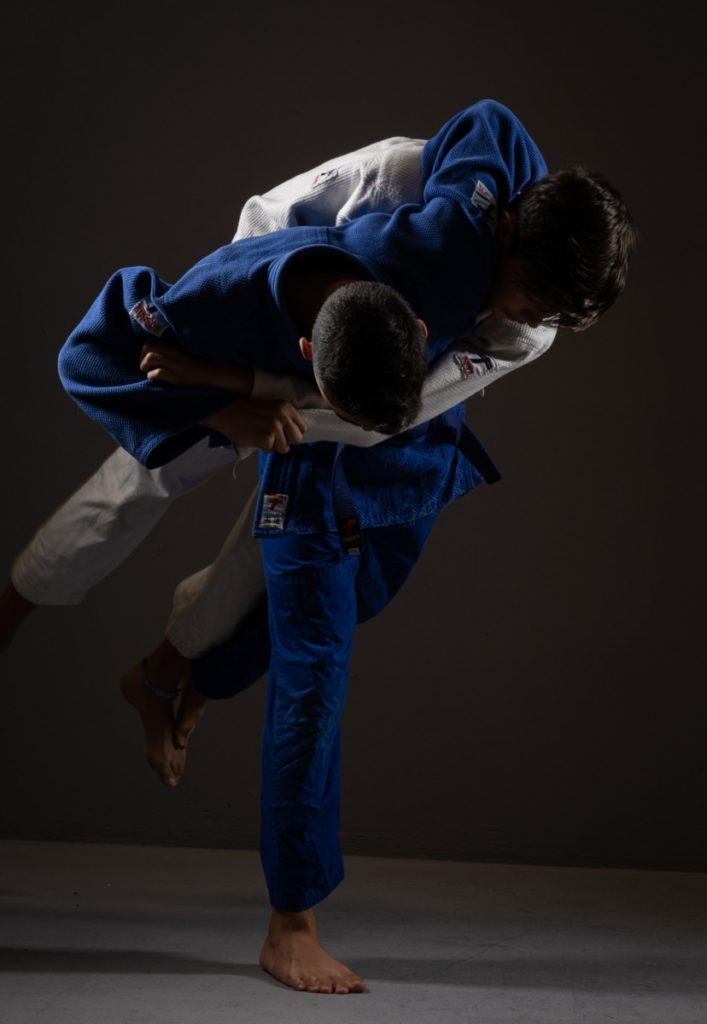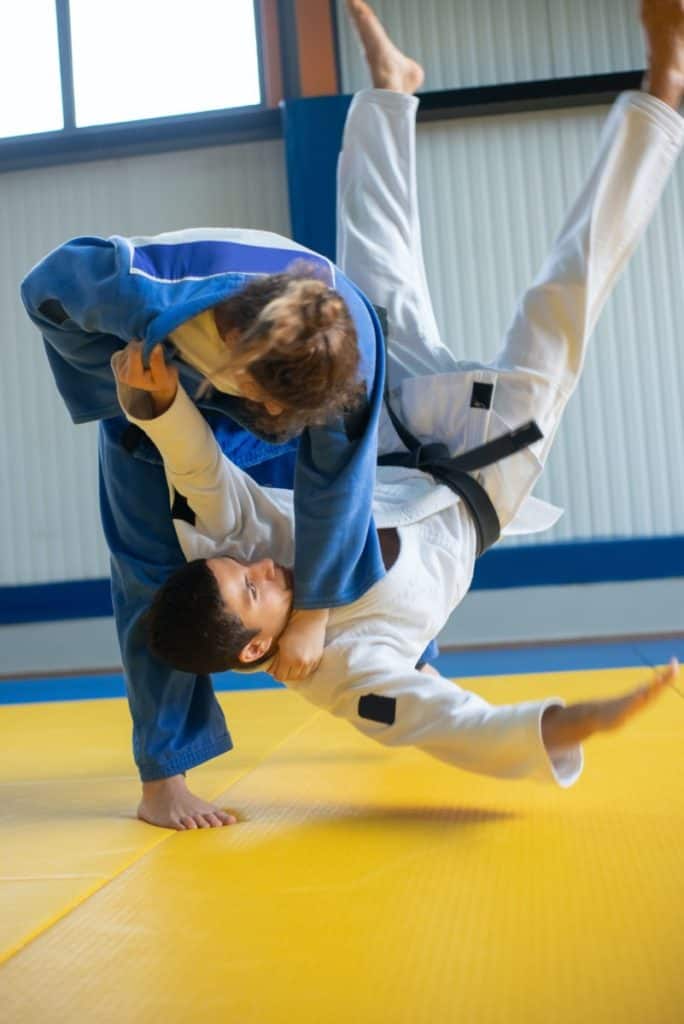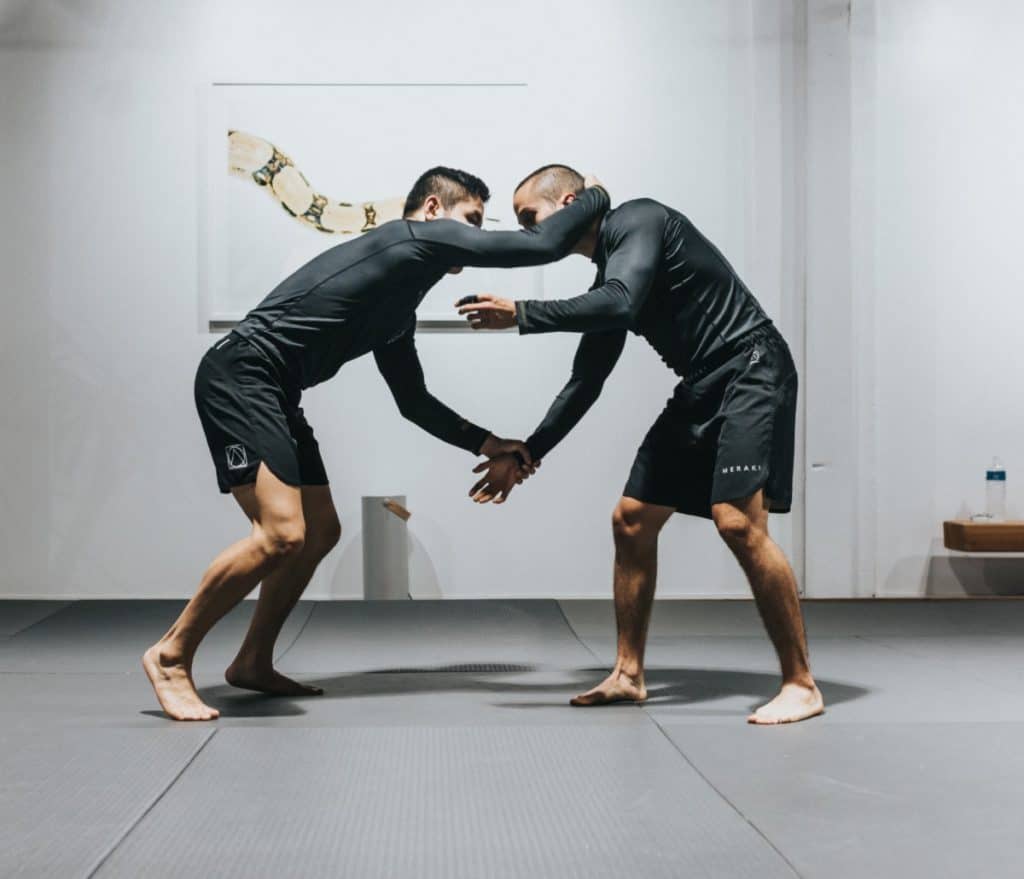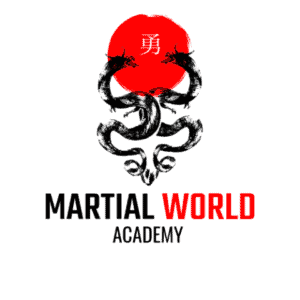I think most beginners are, on some level, worried they might be in over their heads when trying to learn the “gentle” art of Judo. They’re probably thinking, particularly after a crushing loss, “Why is Judo so hard to learn?!“. Well, that is what we’re here to take down.
Judo is a simple art to learn, yet a very complicated one to master. Even a simple throw, when combined with varying body sizes and the chaos of sparring, is revealed to have nearly infinite variation. Indeed, it will take years of training in order to become a “senpai” (senior) in your dojo and even then, most would consider you still in the beginning of your Judo career.
If you’re starting to feel overwhelmed, don’t worry. In the paragraphs below we are going to examine three tests that you will face, and three strategies you can use to overcome them.
The Body
Pain means you’re still alive.
~Unknown
The name Judo is often translated as “the gentle way”, but for anyone who has taken a fall, you know that just isn’t true. That’s why pain is the first of the challenges you’re going to face.
Every day in class you’re going to experience pain. Pain in your hands from constantly gripping your opponent. Pain in your hip from taking a fall incorrectly. Pain in your legs and back from stretching beyond your current flexibility. This might sound daunting, but it’s important not to shy away from reality. Better still, by facing this fact you can better be prepared to deal with it.
My first Karate teacher, Sensei Charles, often said, “Pain is just weakness leaving the body”. This, all due respect to my old sensei, is utter nonsense. Pain is an evolutionary warning bell that your body is doing something potentially dangerous. But, and here is the important part, pain is the messenger, not the message. When you land hard on your back you have just heard your body tell you “practice break falls”. When your fingers still ache from last week’s class, your fingers has just told you that you need to stretch and massage them after and between training. When your head rings from impact with the mat, you’ve just been told of the importance of tucking your chin and rolling.
In training, pain means that there is something wrong. What is important is that you adopt the mindset that you can improve to reduce that pain.

The Application
In Randori we teach the pupil to act on the fundamental principles of Judo…
Jigoro Kano, Founder of Judo
Another difficulty you continue to face is when you try to apply your techniques during randori (free sparring). This is especially true when sparring with someone more experienced than yourself. You will have a technique that you are proud of, one you’ve practiced dozens of times, but when you try to use it on him, he just stares at you (with that annoying smirk). You go for a different throw, but he sees it coming, unbalances you, and the next thing you know you’ve gotten the wind knocked out of you and you’re staring at the ceiling. All of the sudden you feel like it’s your first day again. This can be intensely frustrating, especially after a few months of training, when you feel like you’re finally starting to get it.
The rookie student might get angry in that moment, but that is the wrong approach. Instead, ask every senior why certain techniques didn’t the technique work. Often you’ll find the answer is in the adaptation from “static” practice to “live” training. There might be a hundred reasons why your trusty technique didn’t work:
- You’re used to grabbing your opponent’s sleeve, but today was “no-gi” and you had the wrong grip on his wrist.
- He saw you look at his leg before you went in for your single-leg take down.
- You went after the throw without misdirecting him first.
- You have become over-reliant on your favorite throw, which makes you easy to predict.
And all of that is ignoring constant physical variation like his body size, strength, posture, direction of movement, etc. might make your favorite technique utterly useless in that moment.
The pain of this experience, again, is the messenger, not the message. From this you should employ deception strategies before going for a throw, not telegraphing intent by looking at your target, familiarizing yourself with how techniques change when your opponent wears different clothes, etc.
Adopting this kind of approach to leads to faster growth (and considerably fewer bruises).

The Mind
The only way you gain mental toughness is to do things you’re not happy doing.
David Goggins, US Navy SEAL
Long term physical and emotional pain are challenges that are, in part, why many feel that Judo is hard to learn. Months and months will go by before you feel like you are making any progress, and in all that time you are racking up lumps, bruises, and scrapes. This can be especially demoralizing if you are unlucky enough to be a kohai (junior student) in a dojo with many senpai (senior students). In this kind of situation a student who didn’t know how to maintain the proper mindset can easily come to the incorrect conclusion that they’re “just not going to catch up”, and be tempted to leave the dojo.
Don’t make this mistake!
Instead, you can adopt a few small, but powerful mindset changes and strategies. Simple things like:
- Commit to being just 1% better per day – “1% is nothing!” you might say. That’s true, but after four months you’re more than twice the fighter you used to be.
- Allow time for slow progress – Growth comes fast in the first 6-12 months. After that, many students seem to hit a growth wall. Examine your training. Have you missed too many classes? Attending but distracted by work, school, relationships? Find out what’s stopping you from reaching that next level.
- Make friends with your fellow judoka outside the dojo – This will help raise morale and make enduring tough periods of training much easier.

The Verdict
So, is Judo hard to learn? Judo has a well earned reputation for being realistic and tough. And with so many variations to account for, including size, gender, strength, clothing, etc. even experienced martial artists can feel overwhelmed when attempting Judo for the first time. Success in overcoming these barriers is found understanding the unique challenges that come with Judo training, and then defeating them with the proper attitude, a helpful tip from a senpai, and putting in the hours on the mat.
